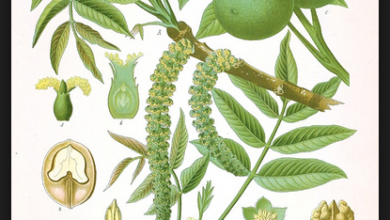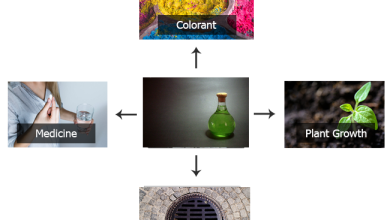Dahlia care, the most desired flower of summer
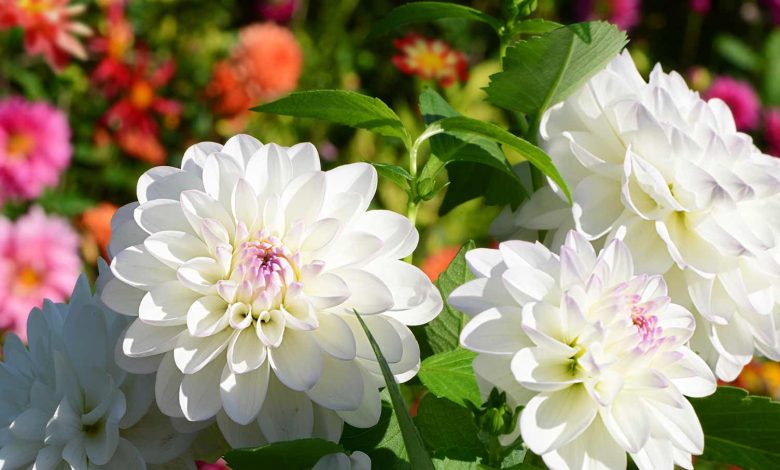
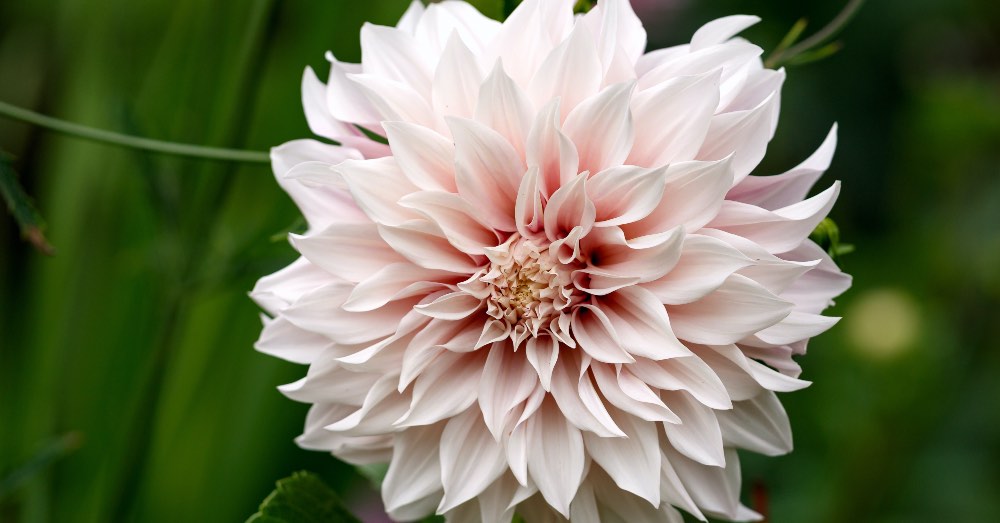
They are one of the essential flowering outdoor plants in the hot months. Not only is it exuberant and extremely beautiful: added, the care of the Dahlia makes it an easy plant to enjoy. A beauty that, with little attention, begins to bloom in mid-spring and will add color to our exterior even well into autumn. And not in any way but with extremely striking flowers and in a wide range of colors. Impossible not to surrender to her charms and spectacularity!
The fascination with the Dahlia is, without a doubt, part of our historical heritage. Originally from Mexico, a country where it is the official flower; came from the so-called New World to conquer Europe. And we say conquer because, even today, it is one of the star flowers of our old continent. An exceptional candidate for decorating gardens, terraces or even balconies that makes it extremely easy, whether we plant it directly in the ground or if we choose to have it in pots.
So let’s see in depth what the care of the Dahlia is. Some easy to assume for any level of gardening but very specific. Only by giving our plant what it demands will it give us its most precious natural treasure.
7 DAHLIA CARE YOU SHOULD KNOW
Although the Dahlias family brings together a dizzying number of species, there is a premise that marks all of them absolutely. The flowers of this family, regardless of the variety, are characterized by being of a good size, with intense colors and extremely generous in the number of petals. And it is that, although the plant as such without flower has an ornamental character, it gains absolute integers when it occurs. Of course: no matter how simple it is to grow and before singing the famous phrase of my plant does not bloom, it is essential to comply with what it demands.
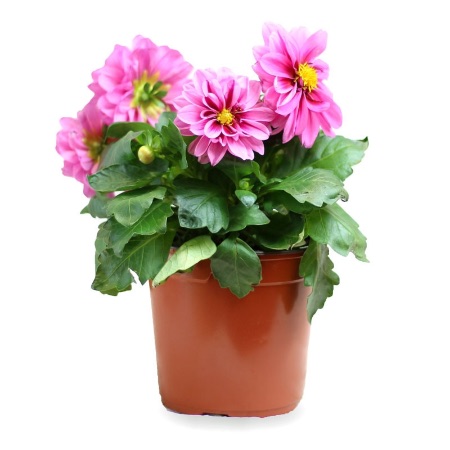
As with other tropical plants that we grow in our latitudes, the origins of the Dahlia mark its cultivation conditions. A detail to consider as it makes it easier to enjoy it both outside the home and, if we live in a climate marked by cold, being part of our indoor plants.
1. Light, the greatest demand in Dahlia care
Like good plants originating mostly from Mexico, the Dahlia needs a lot of light. An essential requirement not only for your good health but, above all, to get your long-awaited flowers. But be careful with this: if you expose them to too much sun, it is likely that their leaves will burn or even that they will not be able to flower. Therefore, it is key to find the most suitable location to prevent this from happening.
If we grow them indoors, their ideal place is near a window unless it receives sun in the middle of the day. If we grow them outdoors, we will have to consider the characteristics of our climate to find their ideal place. If it is very hot, the best location will be in semi-shade; while if it is temperate, they can be in full sun.
2. The planting space, key to its development
Regardless of whether we have our plants inside or outside the house, there are some aspects that we must comply with when it comes to planting them. It is not only recommended to do it in spring but, in addition, we will have to contemplate fundamental details for its correct growth.

The first of these is pampering the planting site. Whether we plant it in the garden or in a pot, the Dahlia needs a soil rich in organic matter and with good drainage. It is a bulb plant and as such does not tolerate waterlogging in any way. In addition to this, it is essential that the soil is loose and has good aeration.
As important as this is to consider two more aspects. On the one hand, and if we plant it directly in the ground, it is important to protect it from the wind. On the other hand, and if we do it in pots, it is essential to do it in good-sized containers. As happens when we delve into how to plant Peonies correctly, the Dahlia needs depth to be able to grow but, above all, to flourish.
3. Irrigation, one of the most delicate cares for Dahlia
And we say delicate because, as we have just seen, excess water does not suit them at all. That is why we have to water moderately to avoid flooding them. In the hot months, which are precisely those of flowering, we will maintain the moderate pattern but we will increase the number of irrigations on days when temperatures rise.
Just as important as getting the amount of water they require right is watering correctly. And it is important not to wet the leaves or the flowers to avoid the appearance of diseases.
4. The temperature, another detail to watch closely
As a plant of tropical origin, its tolerance to cold is relative and depends on the variety of Dahlia that we choose. Although some can withstand temperatures of -5 degrees, it is convenient to know in depth the characteristics of ours to avoid unpleasantness.
5. The subscriber, a fundamental task for your good health
One of the cares of the Dahlia that we cannot ignore if we want to see it in all its splendor. As we said before, it is a plant with a high demand for nutrients. Some essential for your general well-being and to be able to create your striking flowers.
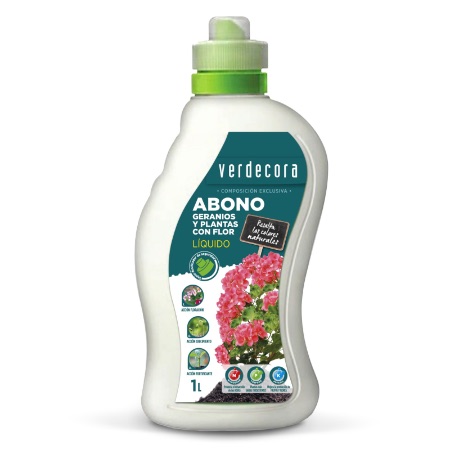
Helping it do this is to apply a dose of fertilizer for flowering plants once a month in flowering months. But it is not the only time of the year in which we will have to remember this task: during the winter, it is also advisable to apply a dose of earthworm humus to enrich the soil for cultivation. One way that, when our Dahlia comes out of its rest, it finds the nutrients it demands in the soil.
6. Pruning, a task that will promote flowering
In this case, we will not have to review how to prune the plants correctly since the Dahlia pruning is different and superficial. Actually, what we are looking for with this task is to help our plant create new flowers, so we will only have to prune the oldest ones. One way to help our Dahlia not allocate resources for flowers that are already withering.
7. Pests, a minor care
And we come to the last of the Dahlia care that we must consider although it is true that it will not keep us awake at night. A healthy Dahlia usually has a natural resistance to insects, although it can be a target for slimes, such as snails or slugs. If it is not fully healthy, it is more than likely that aphids, mites and thrips will end up being annoying visitors that should be stopped as soon as we detect it.
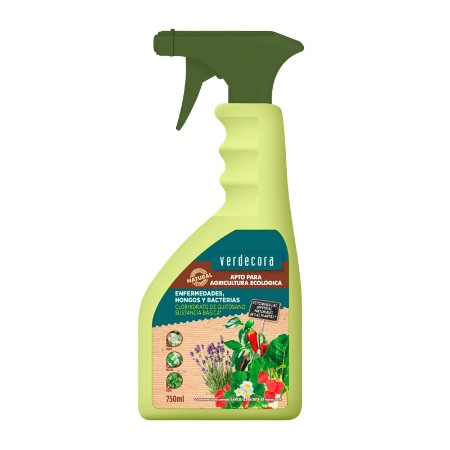
But leaving this aside, it is important to know that a poorly cared for Dahlia can present some of the signs of diseases in plants as a manifestation of, fundamentally, the presence of fungi and bacteria. We can avoid the first ones by watering correctly, without wetting leaves and flowers. The second arrive, on many occasions, as a consequence of the presence of sucking insects such as aphids.
And ready! With these simple cares, your Dahlia will become the absolute protagonist of your garden or your house. A natural spectacle that you will not be able to stop looking at.


